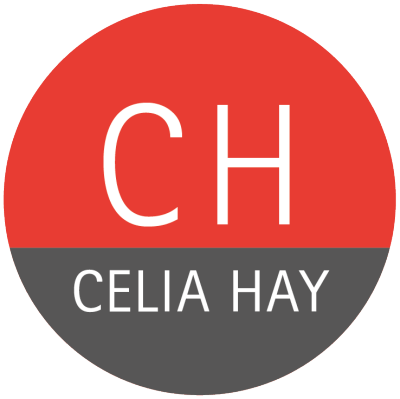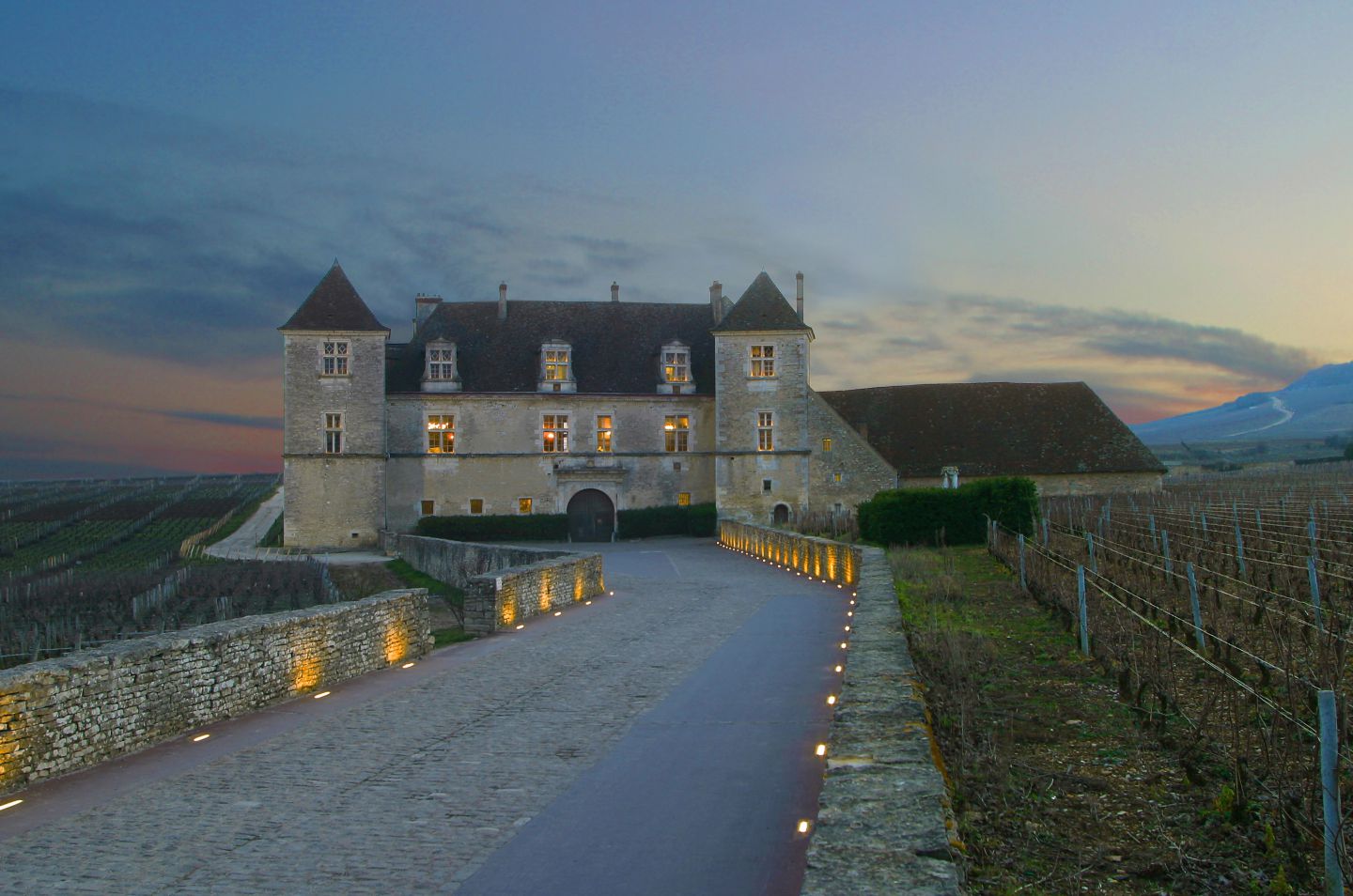Hospices de Beaune Museum of Wine and Food
- 5 February 2023
- Celia Hay
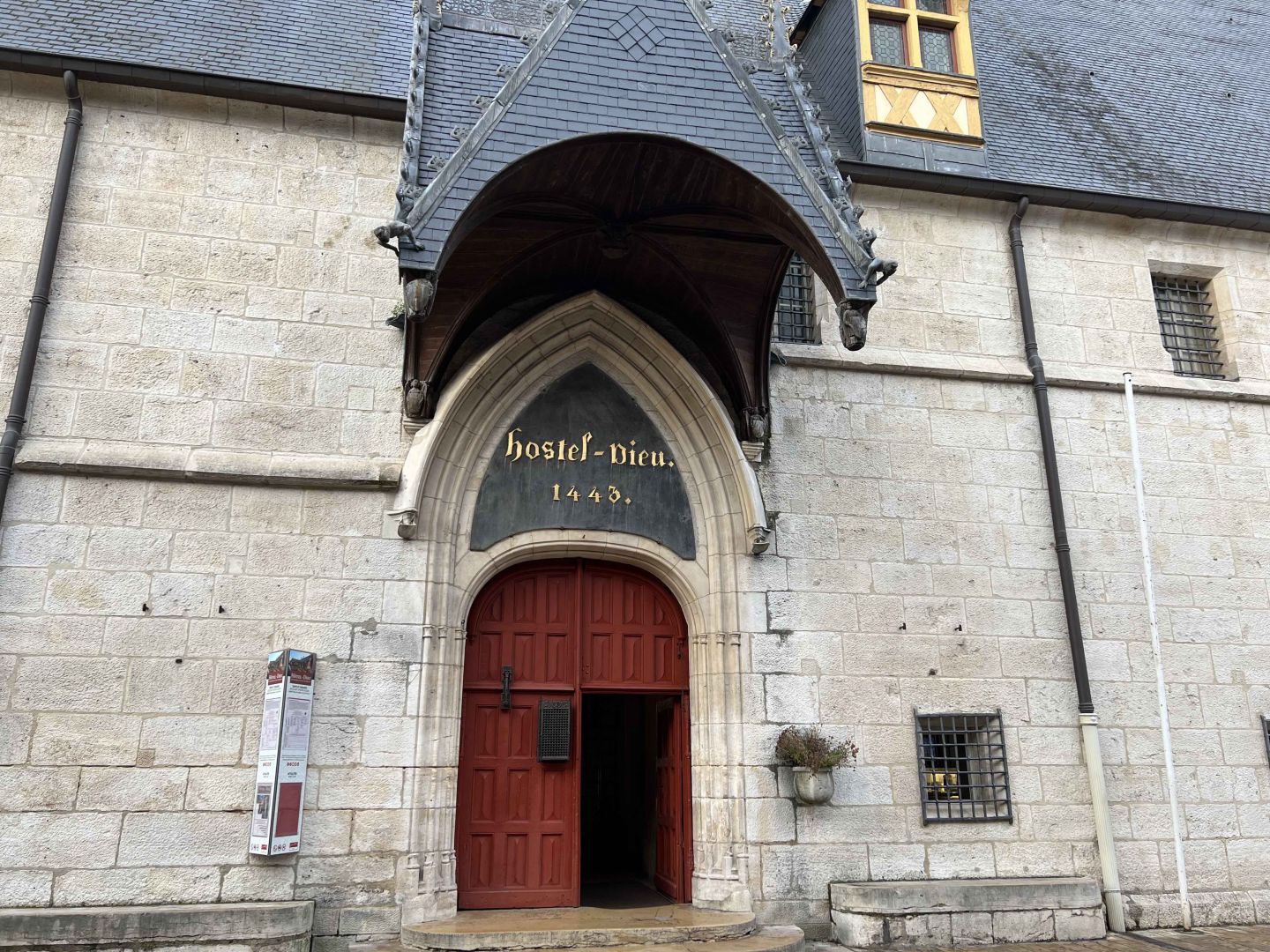
The reputation of France as gastronomic food and wine powerhouse is truly evident when you visit the medieval town of Beaune, in the heart of Burgundy's wine country. Central to this legacy is the Hospices de Beaune which owns 60 hectares of vines across Bourgogne including a small parcel in Pouilly-Fuissé.
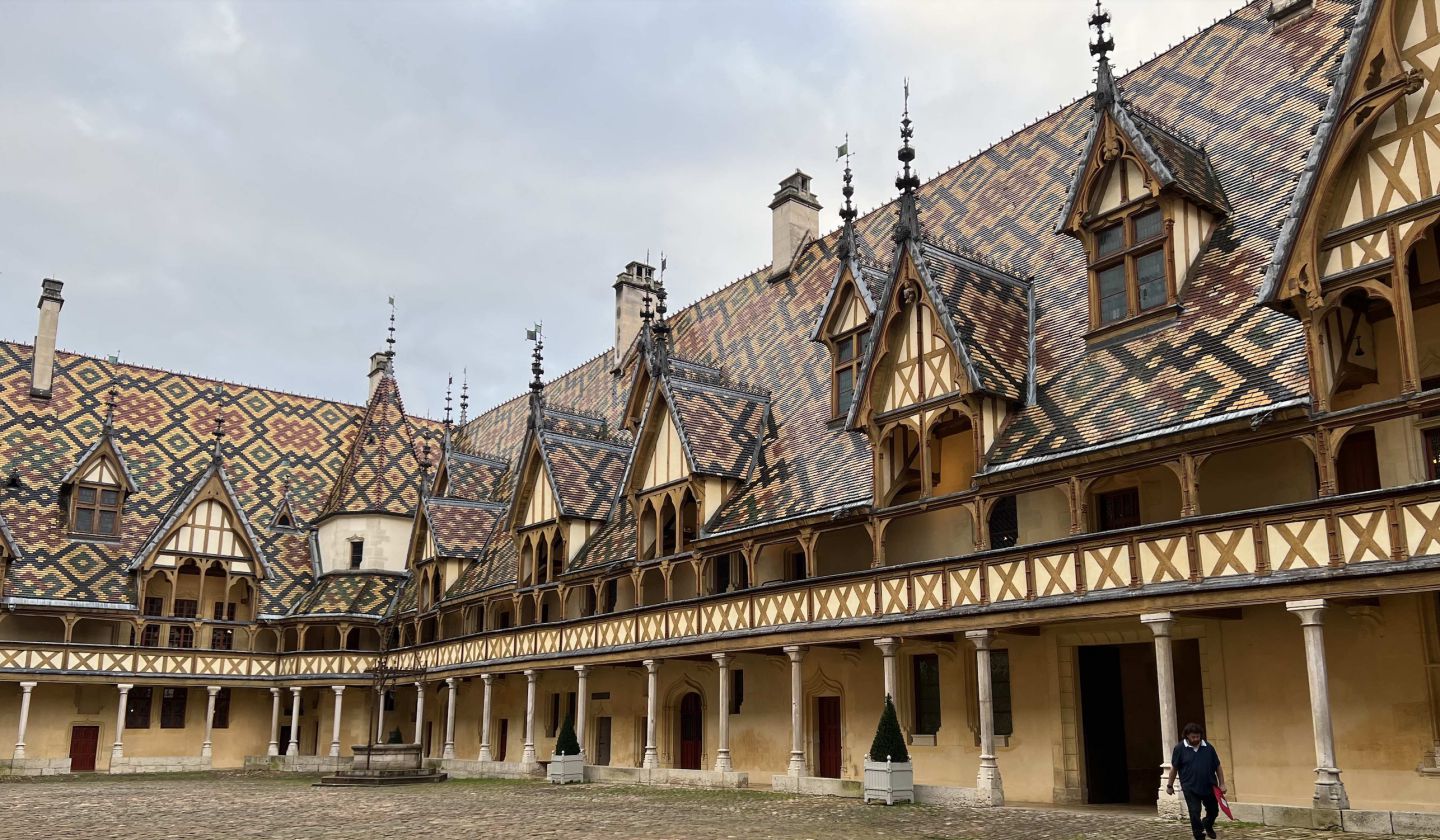
Since the foundation of Hôtel-Dieu as a charity hospital for the poor in 1443, the Hospices de Beaune has accumulated holdings through donations of vineyards which continues to this day. The first donation of vines dates from 1457 for a parcel on the Hill of Corton.
From 1859, the wines have been auctioned each year in barrels (228 litres) on the 3rd Sunday of November. Today, the proceeds of this auction go to help fund Hospices Civils de Beaune in Beaune, Arnay-le-Duc, Seurre et Nuits-St-Georges and a research institute. Hôtel-Dieu only stopped accepting patients or elderly residents in the 1980s and now is a Museum re-telling the history of its foundation over 500 years ago.
Founders of Hospice de Beaune
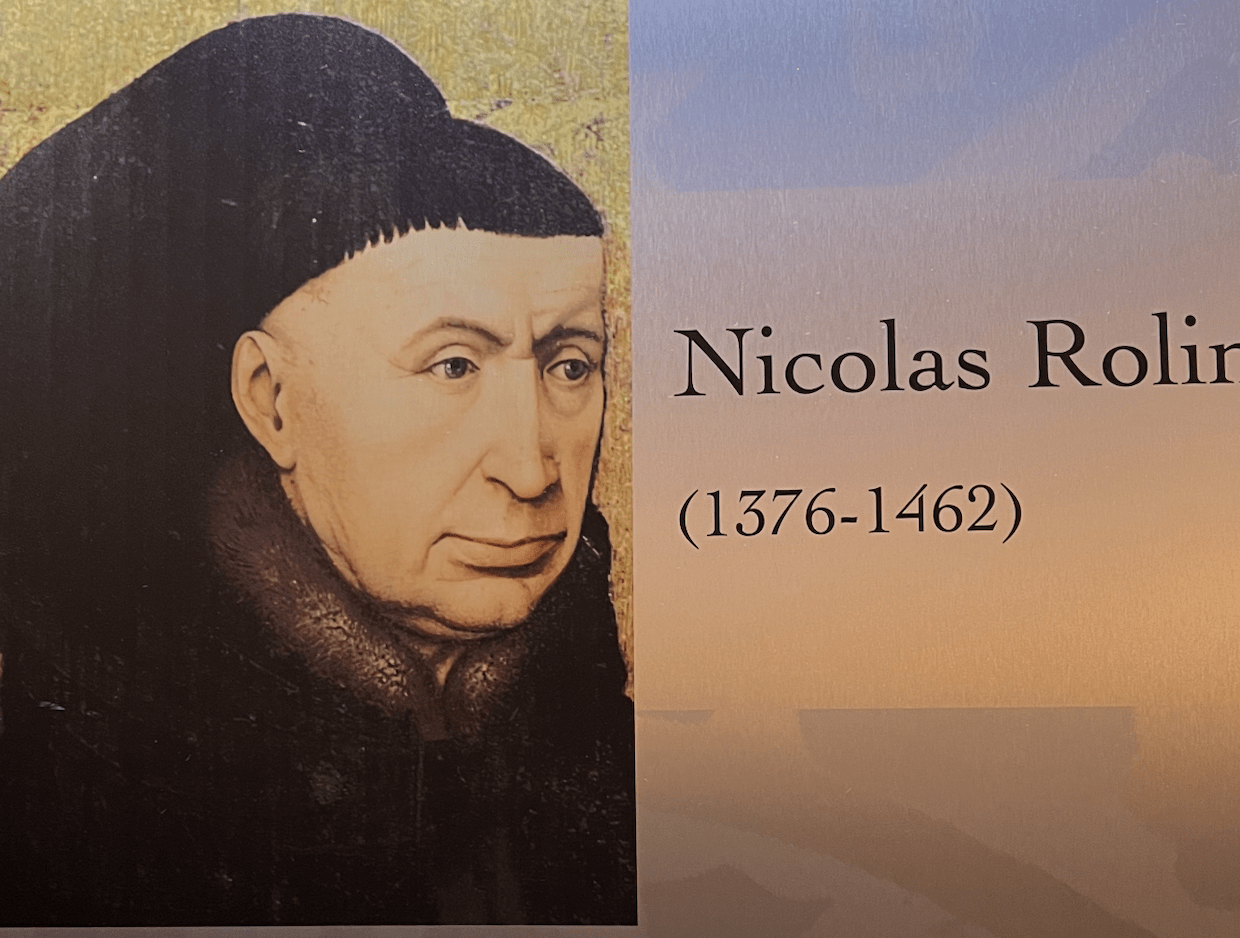
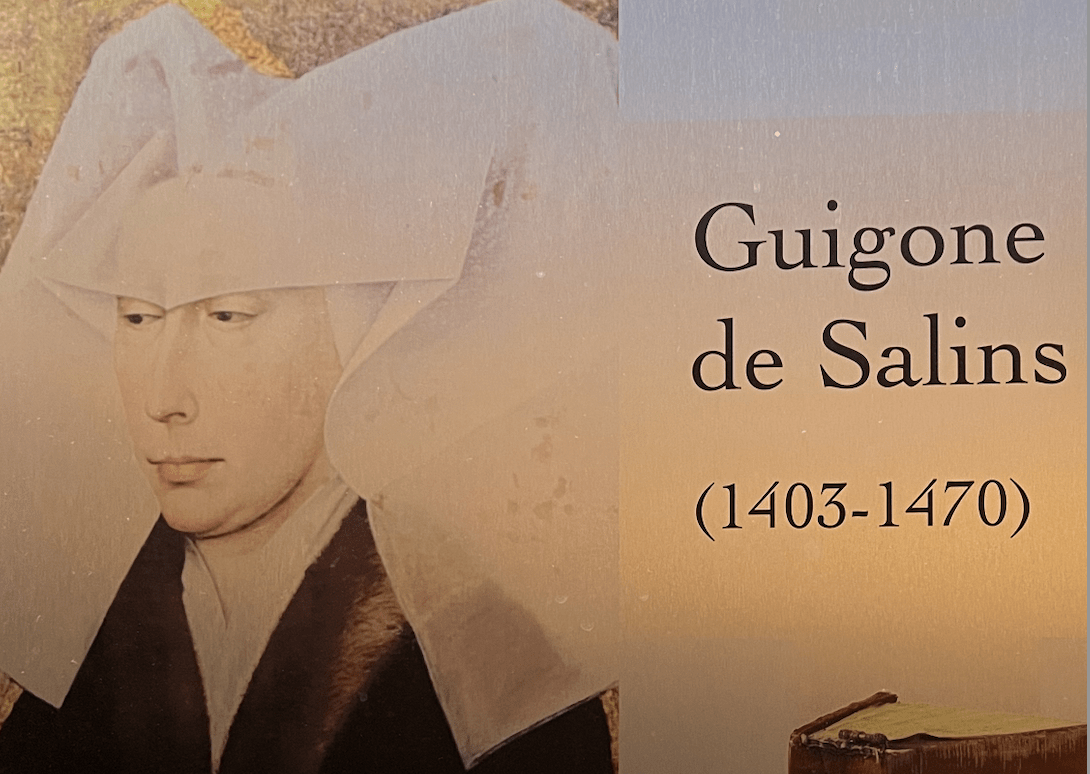
Nicolas Rolin (1376-1462) was chancellor to Philip the Good, Duke of Bourgogne for over 30 years. His third wife, Guigone de Salins (1403–1470) was a daughter of a noble family and together they established the Hôtel-Dieu and the foundation that we know today as the Hospices de Beaune.
"I, Nicolas Rolin (...), recognizing the grace and the belongings which God, source of all good, has gratified me; from now on, for ever and irrevocably, I found, construct, and date in the town of Beaune, in the diocese of Autun, a hospital to receive, serve and house the sick poor, with a chapel in honor of God the Almighty and of his glorious mother the virgin Mary, in memory of and to venerate Saint Anthony, abbot, dedicated to him and his name, to give it the belongings which God bestowed upon me."
Retrieved 5/2/34 Bill Nanson https://www.burgundy-report.com/burgundy-report-extra/07-2005/the-hotel-dieu-the-hospices-de-beaune/
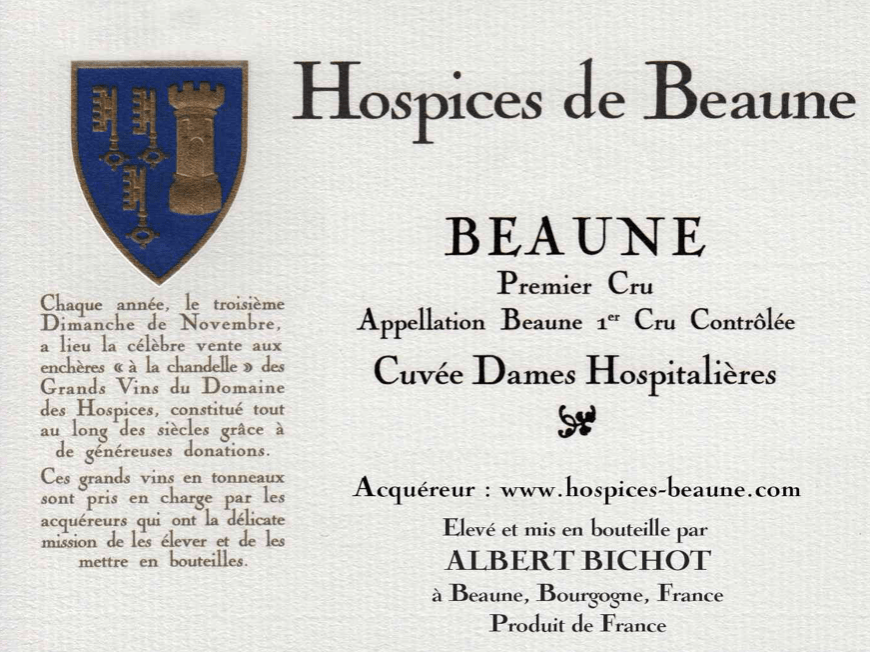
Rolin also established a new religious order of nuns, Les sœurs hospitalières de Beaune, who became the nurses, carers, cooks and later pharmacists for the patients. Today there is a Beaune 1er Cru Cuvée Dames Hospitalières in their honour.
Great Hall of the Poor


The Hall of the Poor has two rows of curtained beds. Doctors would assess the sick on arrival. The Museum now includes displays of early medical equipment from saws to braces, and hot water bottles.
Saint Hugh's Room

In the Pharmacy
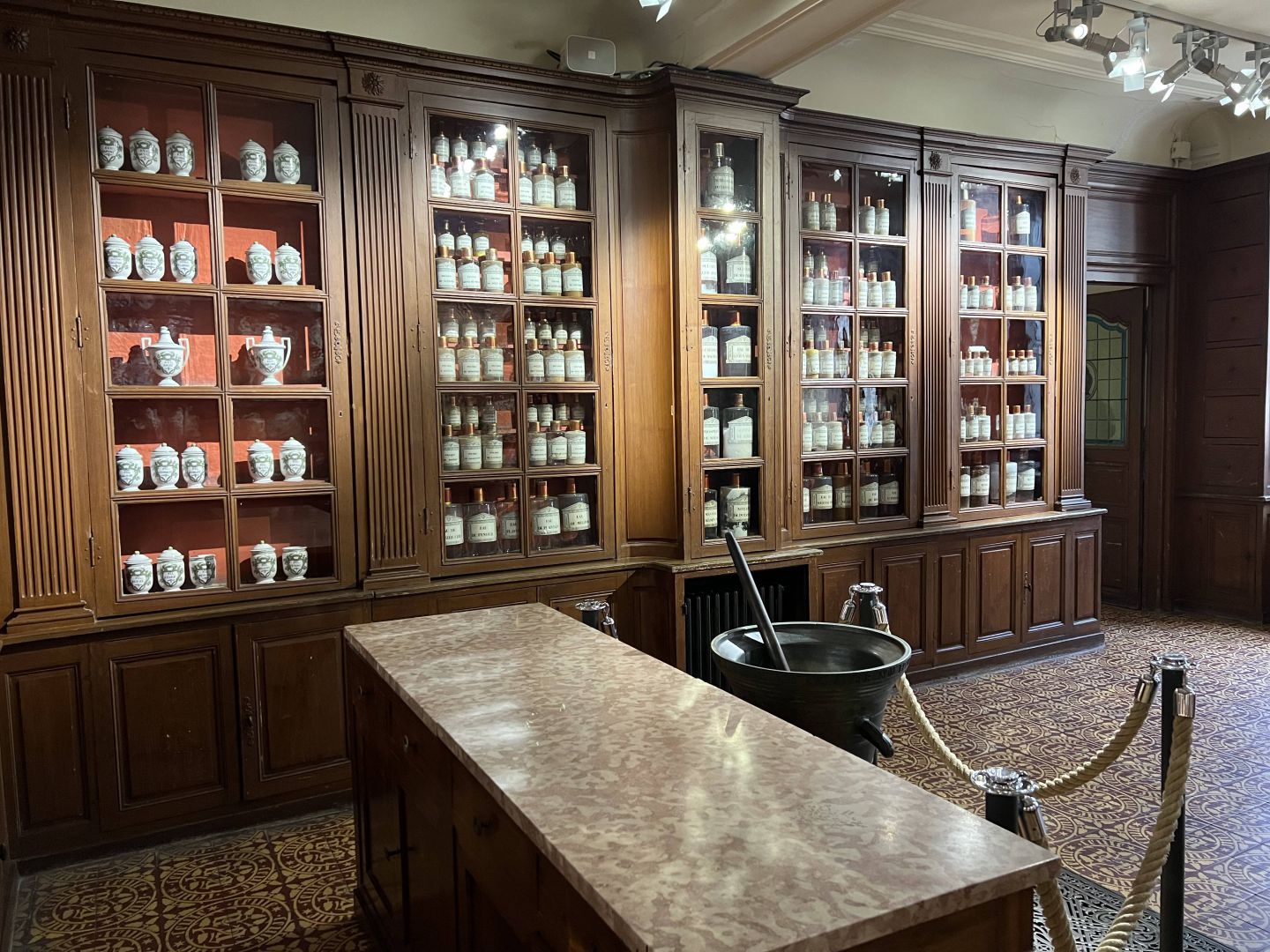
Bottles of condiments date from 1788
Medicines were prepare in a small laboratory behind this wall of bottles. In the front of the picture you can see a large mortar and pestle used for blending treatments.

In this cabinet we can see at the top beurre de cacao (cocoa butter), Veux ecrevisses (crayfish?), calcines (lime?). On the middle shelf: Safran oriental (Saffron?), Argile Ocreuse (clay?), Gomme Arabique (Arabic gum), Corail Rouge (red coral), Baume du Perou Sec (dry balm from Peru). On the bottom shelf: Gerofles, Roses de Provins, Camphre, Suc de Reglisse (sugar of licorice).

In this cabinet we can see Powders of Anicia, Ginger, Cloportes (wood lice - used as a diuretic), Digitale (foxgloves), Coloquinte (gourd), Cannelle (cinnamon), Quinquina (South American plant used to make quinine)...and more.
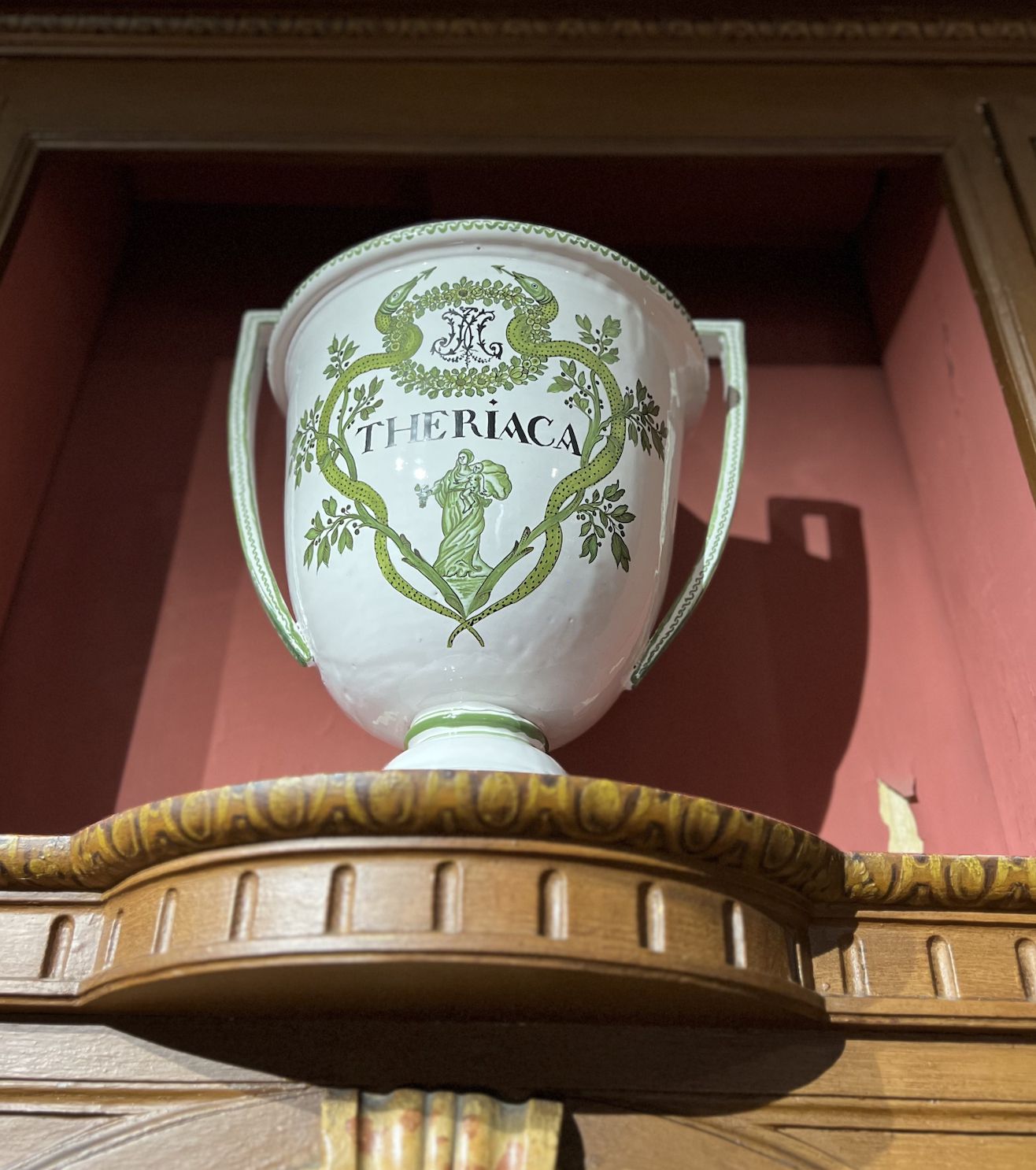
On the top shelf was a magnificent container labelled Theriaca or in English known as Theriac. This is a medicine dating from the ancient Greeks and passed down through the centuries a panacea or remedy for many diseases. The recipe varies but may include: yeast, honey, flesh of wild beasts and reptiles, dried scorpion and viper, numerous leaves, herbs, flowers, fruits, seeds even opium.
Kitchens of Hotel Dieu

The kitchens were worked by the nuns. Above is a cast iron oven that dates from the mid 19th century. Behind is a large wooden fireplace.
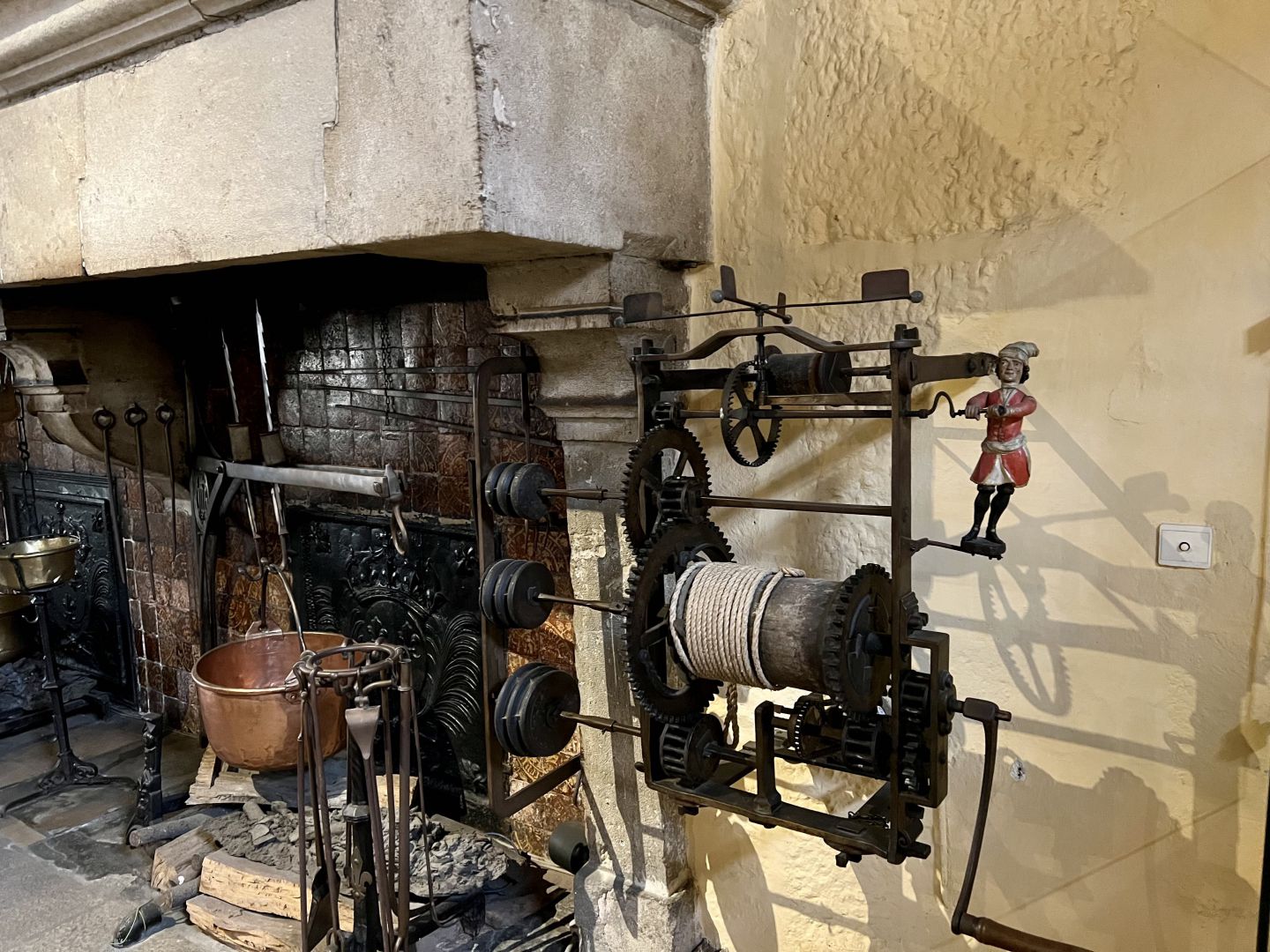
At the fireplace, you can see a curious rotisserie on the left with the little man on the handle, used to roast chicken and fowls.

Pots and Pans of many shapes and sizes were used to cater each day for up 100 patients and staff.
Altar piece

Retrieved 5/2/23 https://musee.hospices-de-beaune.com/presse
The Last Judgement is an altar piece commissioned by Nicolas Rolin. Painted by the Flemish artist, Rogier van der Weyden, it is a series of 15 wooden panels that depicts Christ and the last judgement along with donors, including Rolin and Guigone de Salins. Today it has been restored and can viewed in special temperature-controlled room in the Museum.
Hospices de Beaune Annual Auction
The annual Hospices de Beaune Wine Auction happens on the 3rd Sunday of November every year since 1859 is part of Les Trois Glorieuses de Bourgogne or the Three Days of Glory. Today, the Auction takes place in the market hall of the Halles de Beaune opposite the entrance to Hôtel-Dieu.
Other activities include the assembly of the Confrérie des Chevaliers du Tastevin and dinner at the Clos de Vougeot followed by a luncheon on the Monday, the Paulée at the Château de Meursault.
Read more about the Trois Glorieuses de Bourgogne.
Chateau du Clos de Vougeout
Foundation Confrérie des Chevaliers du Tastevin
In 1934, Confrérie des Chevaliers du Tastevin was founded by Georges Faiveley of Domaine Faiveley and Camille Rodier. Georges is quoted as saying: 'As our wines are no longer selling, let's invite our friends to come and drink them with us!'. The revival of this medieval brotherhood during the Depression years played an important role in reigniting interest in wines from Burgundy.
In 1945, the Confrerie acquired the Château du Clos de Vougeot as their headquarters. This medieval castle was built by Cistercian monks and is surround by the Grand Cru Clos of Vougeot. Today, you can also visit this museum.
Taste Vin

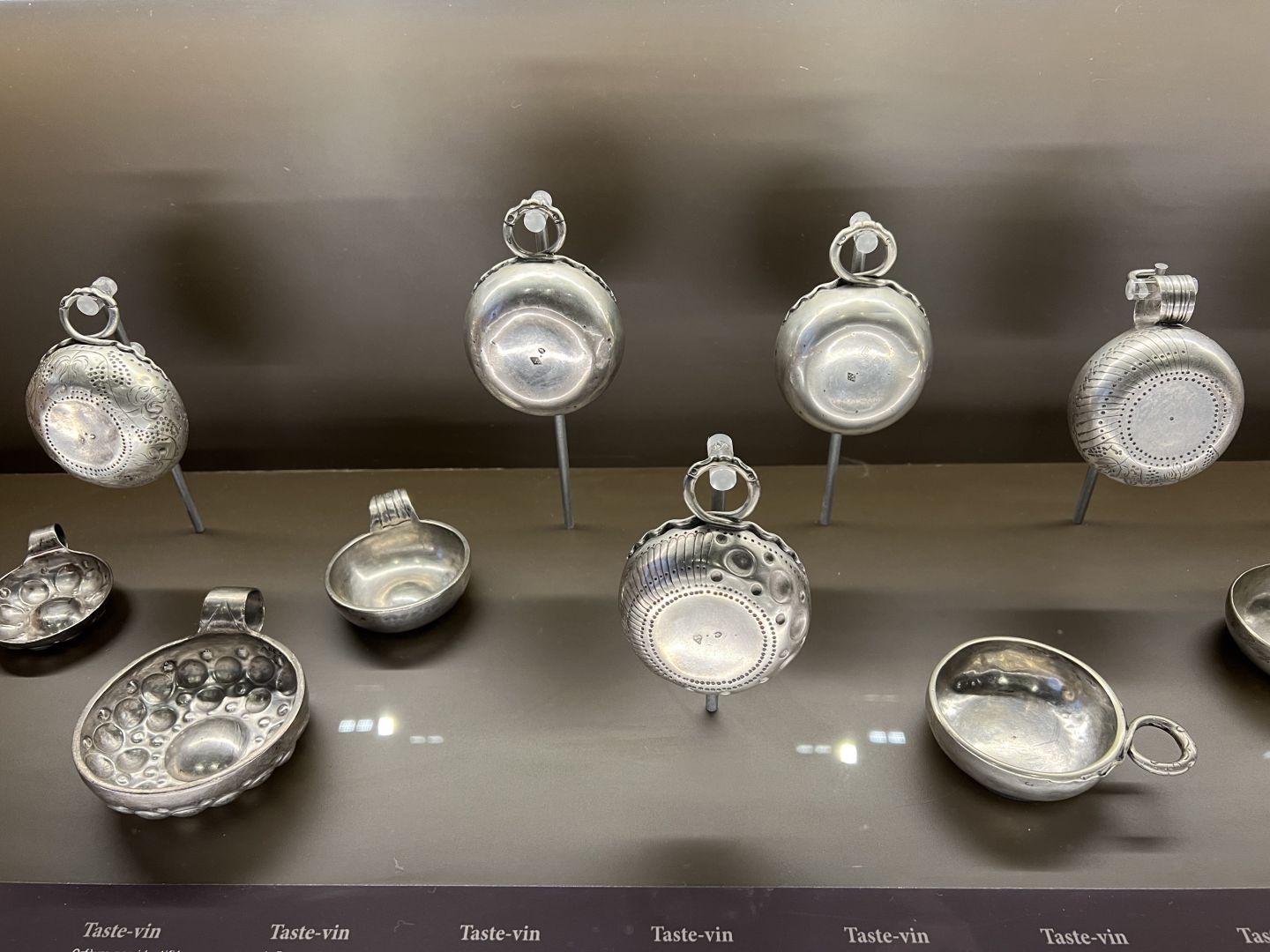
The taste-vin is the signature tool of the Bourgogne wine world. At the Museum of the Hospice de Beaune, you can view a display of historic taste-vin going back to 1730.
Read more here about visiting Beaune and the official Beaune Travel Guide.
